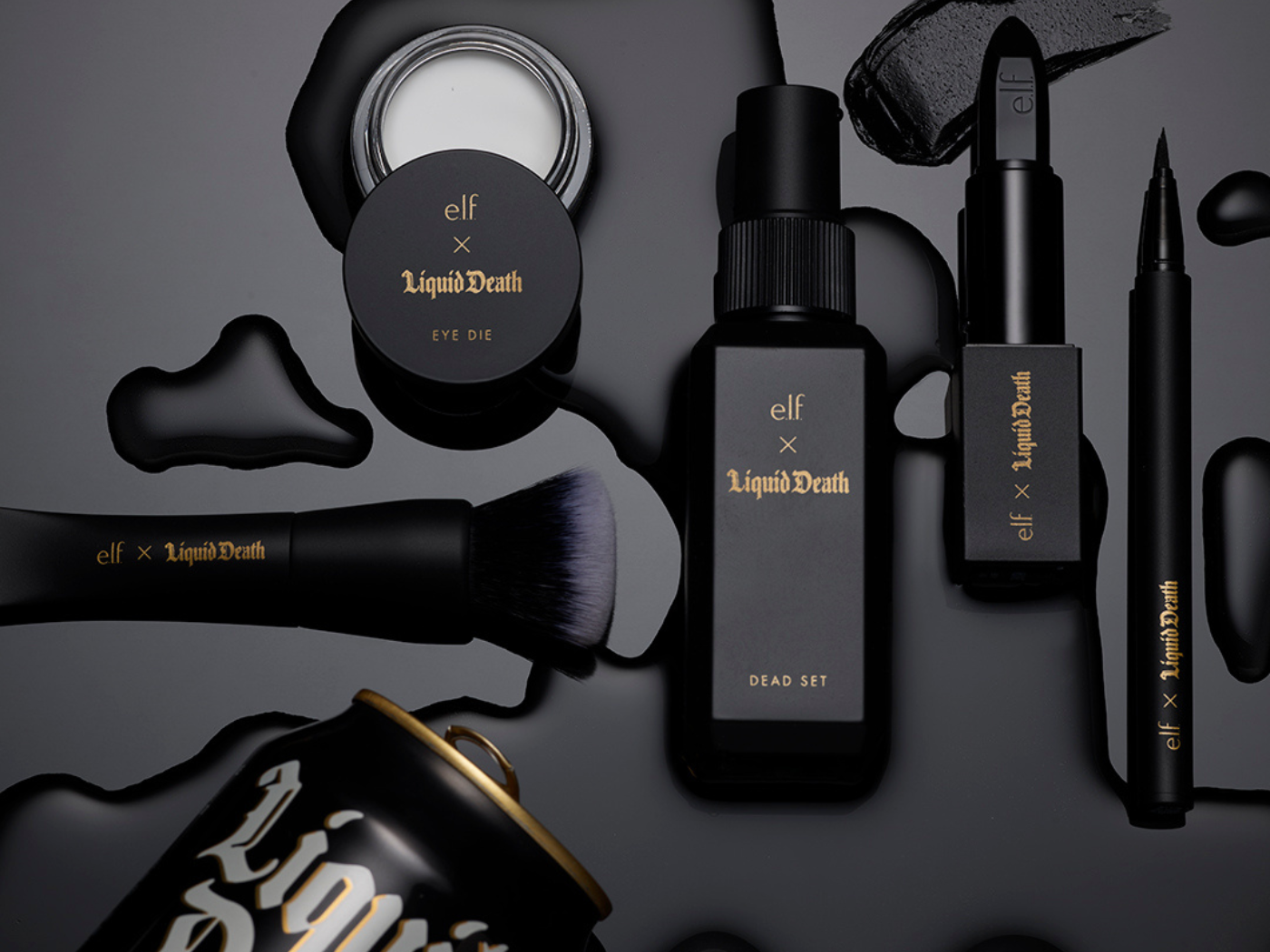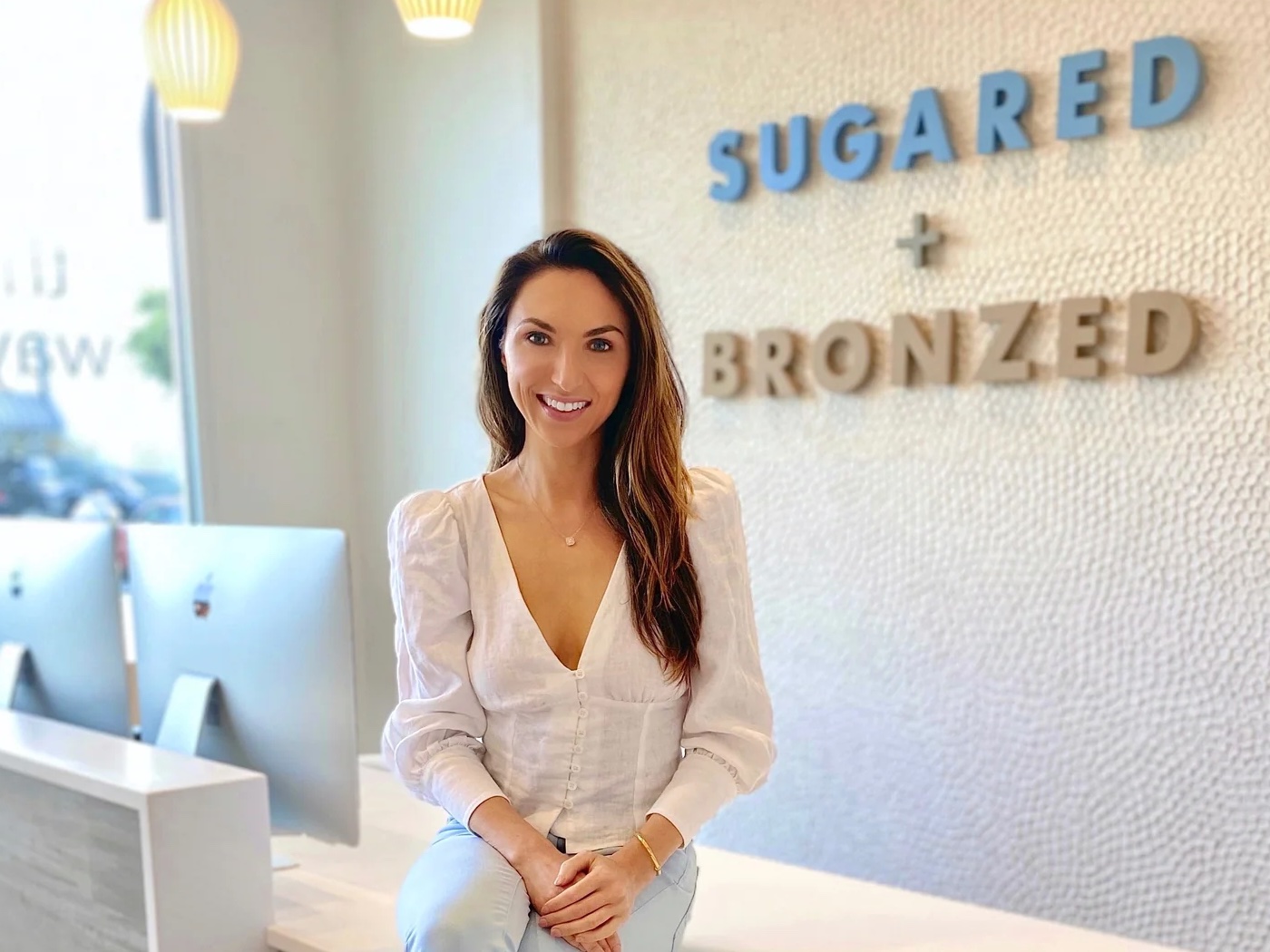While the beauty industry is abuzz about Clubhouse and how the audio-only platform can be used for brand building and boosting community, it’s important to look to its forerunner, beauty podcasts, especially when it comes to ad spend. According to Forbes, podcasting ad spend will more than double to $1.7 billion from 2020 to 2024.
Beauty podcasts have proliferated in the past five years as the medium has blossomed into a full-fledged media industry flush with corporate cash. As of 2019, there were a reported 660,000 podcasts in production with a staggering 129,000 percent increase in the number published to Stitcher since 2010, the podcasting platform that was recently acquired by SiriusXM. Edison Research estimates that between 2014 and 2019 the number of Americans listening to podcasts every month nearly doubled from 39 million to 90 million. It’s no surprise then that advertising dollars have also significantly increased.
Spotify, which has made a series of strategic acquisitions over the past two years to strengthen its position as the premier podcast distributor behind Apple, reports that 4,000 new podcasts sprang up in the fashion and beauty category in 2020 alone, resulting in an 131 percent increase in beauty-related streaming. Beauty lovers are now truly spoiled for choice in this rapidly maturing market. Talk shows, where hosts discuss products, recent news stories and trends, tend to be very popular, as well as shows that dissect the science or the business behind beauty. Here, several podcasts Beauty News has identified as ones to watch, rather, listen to.
Beauty Uncovered
On March 10 Olaplex debuted their first podcast, Beauty Uncovered, serving audiences in-depth conversations with industry insiders and beauty professionals. “We are looking at this platform primarily to serve our end consumers with both education and entertainment. We want to separate myths from truths and help people who really want to understand more about beauty from a source they can trust,” explained JuE Wong, CEO of Olaplex. The brand’s legion of two million Instagram followers took notice. The podcast’s announcement, which featured a clip of celebrity hairstylist Justin Anderson discussing the meaning of beauty, garnered over 75,000 views on the platform.
Olaplex will begin developing a unique long-form voice for YouTube in the future, with upcoming guests including Christine Chang and Sarah Lee of Glow Recipe, Margarita Arrigada of Valde Beauty and Erin Williams of Erin’s Faces, as the brand aims to provide listeners with perspectives that bridge multiple categories of beauty and wellness. While JuE explained that customer acquisition and conversion will likely take longer due to branding subtlety – Olaplex products are not overtly advertised on the podcast – the brand is more focused on building long-term trust and relationships. “Ultimately when you ask audiences today what they want the most from brands, they will tell you they want to be able to trust them. Trust is so important. If we can provide information that they can verify and validate, and at the same time create enjoyable content, then we’ve won.”
Beauty Brains
The Beauty Brains Podcast is hosted by two cosmetic chemists, Perry Romanowski and Valerie George, and was an early mover in the space when it launched back in 2013. “Podcasts are a very intimate medium, and they are one of the best ways to create a connection with your audience. It is more personal and direct than blogs or static social media,” said Perry. “Our podcast tries to cut through all the marketing hype and give people science-based answers to beauty questions directly from the cosmetic chemists who know exactly how these products are made.” The show has since racked up more than 200 episodes, including “Is Scalp Exfoliation Helpful for Hair?” and “Are Microplastics in Cosmetics Bad for the Environment?”
In addition to its scientific, myth-busting approach, The Beauty Brains differentiates itself by shunning any paid advertising or sponsorships in an effort to keep its impartiality. Instead, it monetizes through Patreon where it currently has over 100 patrons. While Perry claims that monetization will continue to be a challenge, he much prefers “the ‘public radio’ business model” that Patreon creates. “If people appreciate what you do, they’ll support it.”
Fat Mascara
Beauty editors Jennifer (Goldstein) Sullivan and Jessica Matlin launched Fat Mascara in 2016. Considered to be a landmark beauty podcast by many in the industry, it was one of the first shows to fuse together informed and insightful conversations with playful banter. “With Fat Mascara, there was an opportunity for a new conversation in beauty that didn’t exist before. One that was defined by expertise and thoughtful conversations, but still had a sense of fun and humor. Also, we recognized that people outside of the beauty industry were becoming obsessed with the business, and considered themselves insiders, as well. We were excited to bring them into the conversation,” says co-host Jessica, who is also Beauty Director at Harper’s Bazaar.
In just five years Jessica and Jennifer have recorded more than 200 bi-weekly episodes on topics as far ranging as lip balm addiction, to Bridgerton-inspired hairstyles, to essential oils and retinol. Fat Mascara is consistently ranked as one of the top beauty and fashion podcasts on iTunes, amassing a whopping 6.5 million downloads to date. “I think the reason our audience keeps growing is that people like having access to our years of expertise. We’re not just laypeople who happen to like beauty products, we’re journalists who have been covering this industry for decades and we bring the fact-checking and research standards of legacy media to our podcast. But even with that expertise, they don’t feel we don’t talk down to them,” said co-host Jennifer, former Beauty Director & Features Editor at Marie Claire.
Naked Beauty
Naked Beauty with Brooke DeVard Ozaydinli was another pioneering beauty podcast that premiered back in 2016 at a time when airwaves were much less trafficked. “I couldn’t find any long-form conversation about women’s approach to self-care, wellness and beauty at the time. It was also especially hard to find women of color talking about beauty, so I created the podcast that I wanted to hear,” said Brooke, who also heads up product marketing management at Instagram. Nominated for an iHeartRadio Podcast Award in early 2020, Naked Beauty examines the intersection of beauty and wellness through intimate conversations on topics ranging from codependency, to Hollywood beauty standards, to self-healing through nutrition.
“Having good-quality guests that are honest, open and vulnerable as they share their story makes for a great and engaging podcast,” said Brooke. “As a host you need to be a good listener and give your guest enough space to share openly.” Recent guests include Erica Chidi, CEO of LOOM, and Abena Boamah, founder of Hanahana Beauty.
Glossy Beauty Podcast
Glossy originally launched as an online media brand and publication hyper-focused on fashion and luxury brands, but in 2018 they made a push to start developing beauty and wellness content. The Glossy Beauty Podcast was born of that effort with Glossy Executive Editor Priya Rao at the helm. “I thought there was room for something different,” said Priya. “Fat Mascara and Breaking Beauty were out there at the time, but I wanted to create a How I Built This for beauty, and really get into what it was like to be a founder, or an executive, or a marketer. I wanted to showcase how serious of a business this was, particularly for women, and treat it with more gravitas.”
The Glossy Beauty Podcast officially went live in November 2018, and while their audience initially consisted of industry professionals, episodes featuring popular founders and beauty influencers like Vicky Tsai of Tatcha, Patrick Starr, and Jackie Aina quickly attracted consumer listeners. However, it was Unfair, their 4-part special series on the global skin lightening industry, that brought them a new level of visibility in 2020. “Our audience for Unfair was 100% new listeners. It was an Apple recommended show that was highlighted on their home page for four weeks. We still have a core group of listeners, but we’ve achieved an awareness with a whole new group since then. Each month it seems like we’re doubling listeners now.”
Priya believes there’s room to grow in the podcast market with narrative shows like Unfair, while it’s much more difficult to differentiate now in the regular talk show space. “There has to be a theme or a specific angle, because there are so many good ones out there.”
Gloss Angeles
Gloss Angeles debuted in the summer of 2019, bringing a unique West Coast perspective to the beauty and wellness conversation. “We noticed a lot of the beauty podcasts already out were based on the East Coast, and since we have a lot of access to influencers and celebrities in LA, we thought that would be our point of difference,” said co-host Kirbie Johnson, beauty journalist and former reporter for PopSugar. With a format that’s similar to the likes of Fat Mascara, Gloss Angeles combines the weekly product and trend-related musings of Kirbie and co-host Sara Tan, former Senior Fashion and Beauty Editor at Bustle, with celebrity and industry expert guests, a winning synergy that has frequently landed them in the Top 10 ranking of beauty and fashion podcasts on Apple. Selena Gomez, BeautyStat’s Ron Robinson, and skin care guru Kate Somerville have all appeared on the show in the past six months.
Nearing its 1 million download milestone, Gloss Angeles will soon be expanding into video format. “We’re currently planning out video content for the podcast, as we think that’s going to be a big focus in the next year when it comes to the industry. If you’re not uploading your podcasts to YouTube, that should be your main priority moving forward,” Kirbie advised. “People are listening to podcasts over there — some reports claim they’re listening on the platform more than Apple and Spotify combined.” As livestreaming continues to grow in popularity across social media and platforms like Vimeo and Bambuser, Kirbie believes that will soon become a unique category for podcasters as well. “It all goes back to video, so the sooner podcasters adapt to being on-camera for their shows, the more opportunities they may have in the future.”




